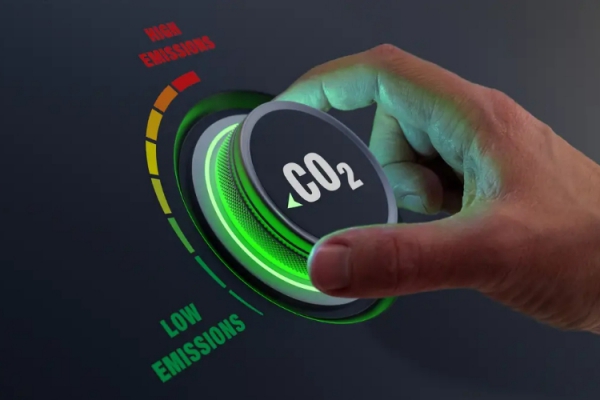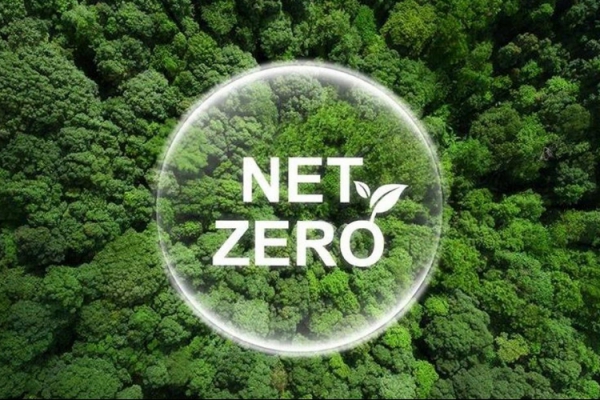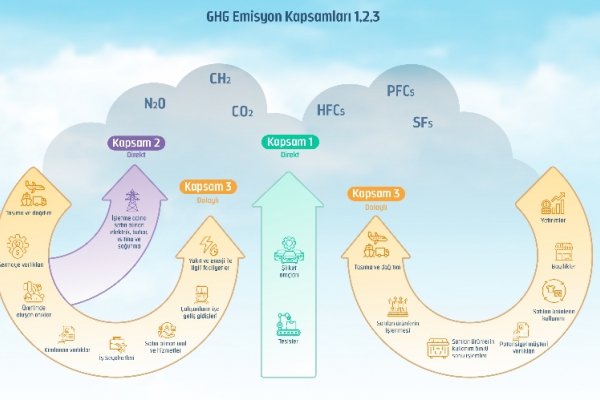12 steps to start your corporate sustainability program

If you're starting a sustainability program at your company, you may be intimidated by the amount of information out there. Do you need to measure your emissions? (Yes! But you can also start other initiatives at the same time.) When should you implement a sustainability program? (To be honest, we're all pretty far behind, but don't let that be the reason you never start; there's no time like the present.)
So how to make a short-term sustainability plan and what are the steps to develop a long-term sustainability program? Because every company's sustainability goals look different, each action plan will also look slightly different. However, we have put together 12 steps that every company should consider when starting a corporate sustainability program.
- Understand what's important to your company's stakeholders
Setting the right priorities is one of the most important challenges faced by organizations launching sustainability programs. A structured, formal stakeholder engagement process will help you bring together diverse perspectives, build advocacy, and shape your sustainability program while eliminating guesswork in priority setting.
No organization operates in a vacuum. Your business activities impact employees, customers, communities and the environment as competitors, policymakers, insurers and investors apply pressure and influence. To maximize positive outcomes for stakeholders and decision makers, you need to solicit input and compare it to business goals. If you plan to publish a sustainability report, engaging your stakeholders should come first. After all, a report is a form of communication with stakeholders, and you need to talk about their needs and requirements to gain support.
- Identify key sustainability areas with the materiality matrix
It is impossible to tackle every sustainability challenge in your organization; Trying to do this will result in a sustainability program that lacks focus or potential for meaningful change. A materiality matrix or map is a way to help you identify your sustainability priorities. Think of it as a tool to visually represent the sustainability issues that matter most to you and your stakeholders. While materiality is the backbone of sustainability reporting, you can also use this exercise to help determine your strategic priorities.
The materiality matrix should help create clarity and focus by connecting stakeholders' needs to your business and reporting strategies. From here, you can better understand where you can make the biggest impact.
- Create a sustainability mission statement or vision
A vision or mission statement will be your organization's sustainability north star; It should describe the big picture goals and promises of your organization. Your vision and mission should include key issues regarding growth and future goals that will likely evolve.
As your organization matures, your sustainability efforts should permeate all aspects of your organization—brand identity, organizational culture—and even positively impact your financial performance. Communicate your commitments and progress across your organization (both up and down your value chain) and to stakeholders.
- Develop a sustainability strategy
Once you understand what is important to your organization and your stakeholders, you can lay the foundation for your sustainability program. Before setting goals or objectives, focus on specific programs and brainstorm potential initiatives to pursue. Linking key sustainability issues to your core business is critical; For example, if biodiversity is important, how does your business directly protect habitats and wildlife? What opportunities exist in your value chain?
- Set goals and objectives
Identify key performance indicators (KPIs) to focus on and attach them to a specific period. Focus on operational areas such as energy, water and waste. You may even want to focus on public health or cost savings. It's helpful to think about the future with a ten-year goal or plan, then go back to interval goals (annual or quarterly). Eventually, you'll want to set and track a more ambitious net-zero target by benchmarking your emissions, then work on initiatives that will help you meet your goals over time.
- Assert responsibility for sustainability goals proceed
Setting sustainability goals is relatively simple, but achieving them requires effort and accountability. From 2018 to 2019, U.S. emissions in the commercial sector increased by 1.8%, despite a record number of organizations issuing emissions reduction targets. While many factors can contribute to missing targets, such as organizational growth that exceeds planned efficiency gains or unforeseen emergencies, the culprit is often a lack of accountability for achieving sustainability goals. Unfortunately, they often take a backseat to competing priorities that are more appropriately promoted.
To increase your chances of success, take a two-pronged approach that creates accountability for your organization and individual team members. Choosing the right team, business unit, or executive to execute sustainability initiatives tied to goals and objectives is critical. You'll also want to create accountability and progression mechanisms to evaluate the team's effectiveness and decide when to allocate more resources.
- Follow sustainability initiatives
Some suggestions:
– If you have set a target of 50% or 100% renewable energy supply: Install renewable energy systems on site or purchase renewable energy certificates (RECs).
– If you have set a waste reduction and diversion goal: Start a composting program, choose a qualified waste hauler, or reduce office pressure.
– If you need to create accountability: Create a green team.
– If you want to focus on supply chain emissions: Implement a supplier code of conduct.
– If you want more ideas on taking your program to the next level: Join sustainability collaborations, associations or coalitions.
- Train staff on sustainability issues
To create a successful sustainability strategy, every employee needs to understand how sustainability impacts your industry, their own role, and your organization's overall goals and operations. Effective employee training will help permeate sustainability thinking throughout your organization.
Corporate training leads to excellence through increased employee contributions, new ideas and engagement opportunities. It also promotes knowledge transfer, innovation, efficiency and competitiveness.
- Decide on measurements and metrics
Consistent measurements and metrics are crucial for establishing a baseline and tracking your progress. You'll be able to better normalize data for consistent comparisons (by employee, square footage, revenue, or unit produced for meaningful comparison across reporting periods, locations, business units, etc.).
- Measure the sustainability impact of new projects
Integrate sustainability into all evaluation criteria as you evaluate financial risks and opportunities. As your organization embarks on new projects (whether it's opening a new office, working with a new client, or launching a new product), you'll need to evaluate the environmental and social impact of each decision.
- Educate stakeholders about your work and publish a sustainability report
Collaboration between internal and external partners is key to the success of your organization's sustainability strategy. Involve your stakeholders in your sustainability journey by setting goals and tailoring information to each party's needs. It will lead to meaningful organizational change in the long term.
The sustainability report details your strategy, approach, objectives, commitments and performance in all areas of corporate responsibility. It is a solid and transparent description of your achievements and the challenges you have faced. Sustainability reports are often a collection of branded digital documents or dynamic web pages targeted at multiple stakeholders. Some companies have moved to integrated reporting, combining annual financial and sustainability disclosures. Consider aligning your disclosures with existing frameworks and further validating your efforts in the eyes of your customers and regulators.
- Continuous monitoring
Sustainability programs are not "set it and forget it" programs; they are always an ongoing journey. By re-engaging with stakeholders, revisiting your prioritization matrix to ensure it still reflects critical priorities, and updating your strategy as necessary You will want to continually improve your processes.



 Start Now
Start Now



